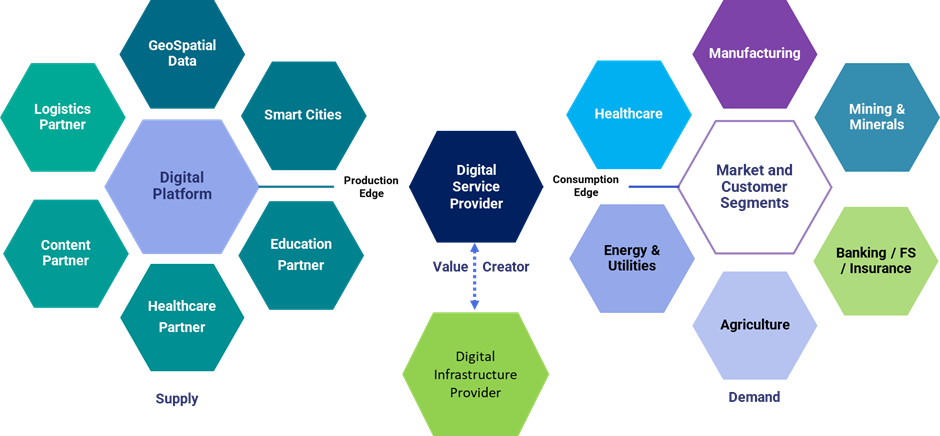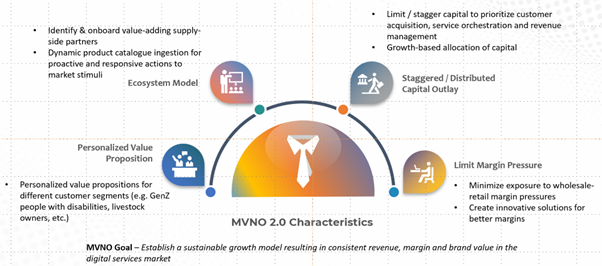Introduction
In an era of rapidly changing demand at the edge, traditional approaches to communications and technology delivery are substantially constrained. Historically the telecommunications industry has focused on providing connectivity as the core value proposition; the MVNO sub-sector has been focused on value-added services along with the connectivity by partnering with the Mobile Network Operators.
With the continuing growth of the mobile app and the smartphone, the consumer segment has rapidly switched to a digital lifestyle – shopping, payments, consumption of content and more. In the business segment, technology advancements are constantly creating opportunities for enterprises to create and derive value in products and operations. Whether this comes in the form of IoT, Artificial Intelligence, AR/ VR / XR or others, both public and private sector are seeking to use these advancements for the benefits of their customers, stakeholders and themselves.
The world of the past was about selling connectivity in pre-defined sets of capacity; the modern era of digital is substantially more about understanding behaviours, trends, shifts and match that demand with technological and commercial agility.
Welcome to the world of Edge Intelligence and the powerful role of MVNOs in that world.
Opportunity growth areas
The MVNO market is evolving in a number of areas – moving from reselling airtime / data / SMS, loyalty points and devices to a more layered model in which the connectivity is the embedded element as opposed to the explicit value proposition. Market maturity (e.g. nascent markets like Nigeria vs. more mature markets like South Africa or European countries) will influence the nature of the offerings and the distribution of revenue across those offerings. Typical growth segments are in the SME and Enterprise segments – 65% of telecom operators globally see these two segments as their best opportunities (TM Forum – Telco Revenue Growth B2B Benchmark) compared to other B2B segments.
The growth of the Platform Economy through a combination of Cloud, Marketplaces and APIs has created significant opportunities for entrepreneurs, startups, scale ups offering niche value propositions. The traditional focus of MVNOs has been the consumer market and even with the MNOs, the enterprise market has consisted primarily of connectivity-based services and more recently, some cloud services based on hyperscaler partnerships. Considering the growing drivers such as universal access to healthcare, education, financial inclusion, convergence of IT & OT, IIoT, MVNOs
The following figure illustrates the concept of how MVNOs can play a crucial role in the digital highway between Demand and Supply cutting across multiple sectors. Considering the existing partnerships they have with the MNOs, and the growing delayering of the traditional telecom sector into infracos, netcos and servcos (TM Forum, CEO Playbook), the opportunity to become Digital Service Providers partnering with the Digital Infrastructure providers is significant.

Figure 1 – MVNOs as digital service providers in the B2B world
Identity, Purpose and Characteristics of MVNO 2.0 / DSP
The shifting nature of value perception compels clarity of identity and purpose in every organization. In the telco world, MNOs have moved (and continue to move) their towers to full-fledged Infraco. This helps them unlock financial and operational resources and redirect them into other areas of strategic priorities. In the MVNO world the niche focus and priority has started emerging (such as travel SIM) but there are substantial opportunities beyond the identity of airtime / data value propositions. The first step in unlocking value in the digital era is to create an identify completely divorced from “Network Operator.” There is no gainsaying the importance of the network – but that is only a necessary condition and not the identity. The identity is derived from purpose – and this is embedded in the DNA of the leadership of the MVNO. The blending of technology into the core value proposition of an industry sector – such as healthcare, mining, agriculture, etc. – offers MVNO 2.0 the chance to migrate from the identity “Network Operator” to “Digital Service Provider.” and root that identity in the core value proposition (whether it is consumer or business segments).

There are four fundamental characteristics of MVNO 2.0 / DSP, and the first of these is closely tied to identity and purpose – personalized value propositions. This provides prioritization and focus – in the pursuit of revenue, brand positioning remains undiluted in the context of the core value proposition. An example could be a healthcare MVNO, driving service revenue through sales of data packages but enhancing service offerings through creating specialized healthcare services through relevant partnerships into which data is embedded as part of the service, including specifics such as Quality on Demand.
Ecosystem Partnerships is the lifeblood of modern digital services; the diversity of market opportunities and complexity of solution portfolios demands that service providers create the nucleus of their core competence and build orbital partnerships with organizations, creating an ecosystem around a given set of value propositions. MVNOs already have core partnerships with MNOs – expanding the processes and tools to engage with other solution / technology partners will be a crucial step.
The two characteristics associated with finance – distributed capital outlay and limiting margin pressure – are essential, though not unique – to MVNOs. These are essential to financial sustainability; today’s MVNOs are often exposed to the risk of margin pressure owing to the high dependency on commodity services of buying wholesale and selling retail with limited revenue distribution.
Markets, Customers & Revenue growth
The traditional MVNO business model is network centric – full, light, MVNE, etc. Without a doubt these distinctions will remain based on a combination of regulatory (licence class, demarcation points, etc.). But the digital world also allows MVNOs to be free of being chained by those distinctions – instead the DSP can focus on fulfilling its potential as a player in the platform economy.
The first step in any business is the targeting and positioning of value to prioritized segments. In the consumer segment, the opportunities are much greater than generic value propositions based on LSM, age, etc. Nuances based on individuals and Microsegmentation have emerged and here, the concepts of digital twins and behavioural modelling provide insights into white spaces previously not covered by generic inclusions. White spaces include Bottom of the Pyramid subscribers, professionals and other microsegments whose needs based on their particular circumstances were hidden from view in the past. The use of AI tools combined with Digital Twins and data pipelines offer the opportunity to create these personalized value propositions and scale.
In the business segments, enterprises have historically been served separately by IT Service Providers and telecom operators. Traditional IT is also extending beyond the horizontal boundaries of servers, LANs and security with vertical applications and business-specific technology growing in prevalence. In such a context, the leveraging of ecosystem concepts will allow MVNO 2.0 to reach into areas historically out of reach for telco / communication service providers. Examples include VR / AR / xR in mining, healthcare and more, with a great number of use cases emerging and the capabilities of 5G Advanced, FWA and other telco technologies rising to the opportunity.
While all of these represent significant growth opportunities, revenue focus is indispensable and some of the above will take time and effort to ripen. The bridge between today’s revenue of airtime and data and the future painted above is API monetization and Network as a Service. Globally, the Network API market is forecast to grow from US $ 2.25 billion in 2025 to US $ 15.44 billion in 2030 (internal research) with use cases covering banking, public safety, automotive, smart cities and more. These are not restricted to mature or nascent markets, since the concept of APIs and NaaS fit well into the existing regulatory, operational and market behaviour of both categories. What is particularly valuable is that as 5G Advanced / 5G SA and FWA come mainstream, the power of having API access will provide significant revenue diversification opportunities. Going beyond even just MVNO, a new generation DSP could well create a hybrid model of fibre, FWA and mobile access capabilities, shield the customer from the complexities of the network and simply create a digital experience.
Conclusion
MVNO 2.0 is not simply an evolution from the old world of connectivity to the new world of next generation technology. It is a fundamental departure into a completely new business paradigm – a shift which focuses on surfing the waves of value instead of a stable cruise on margins. It is built on platforms, ecosystems, and a deep insight into customer priorities. Living on the edge is the new El Dorado in a digital world.

Guest Blogs are written by carefully selected Experts. If you also want to create a Guest blog then Contact us.
